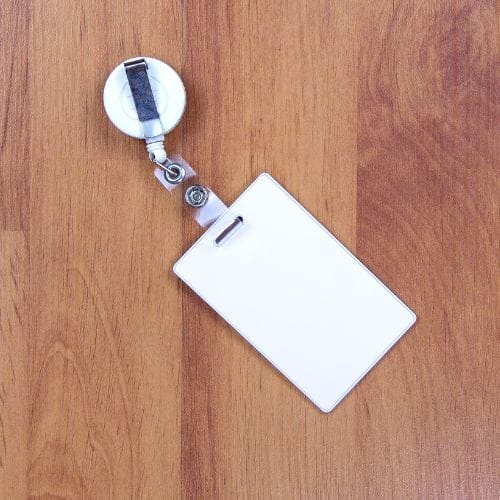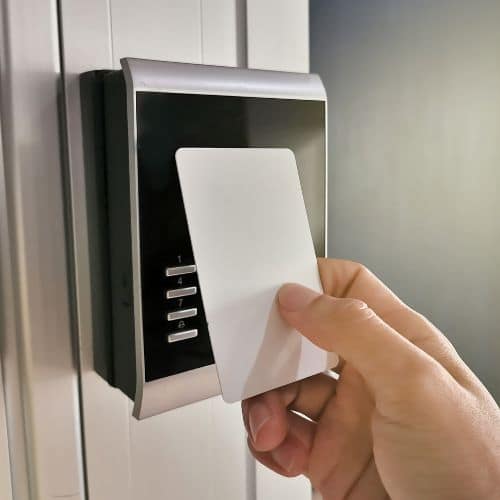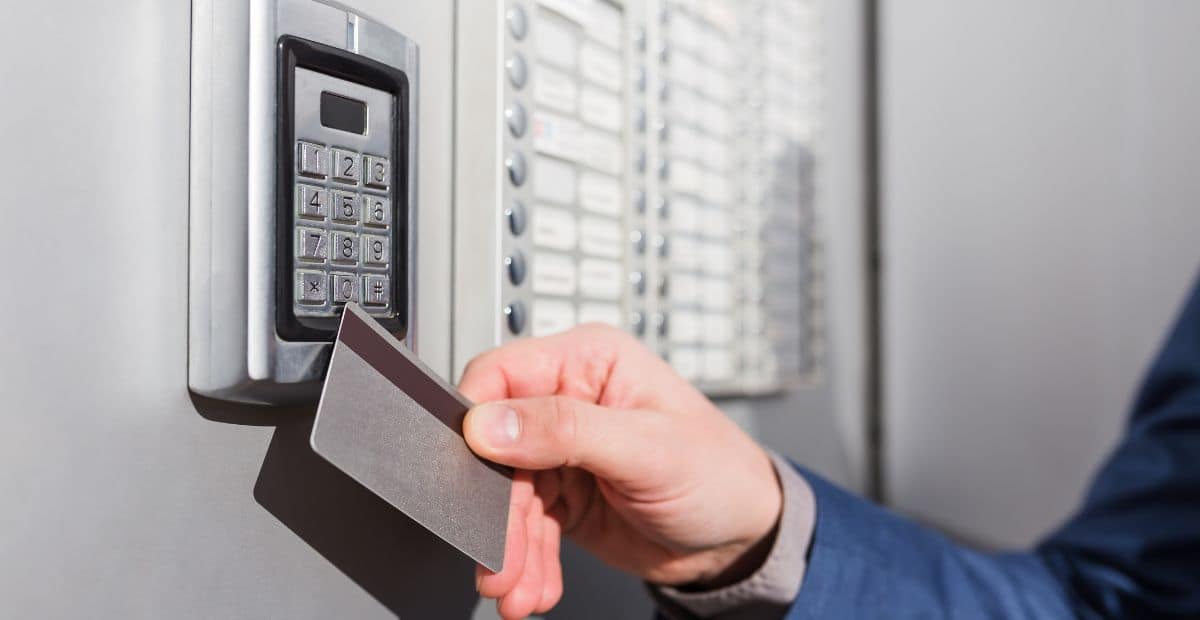What is door access card?
A door access card is a small, plastic card that is used as a key to gain entry to a secured area. It typically contains electronic or magnetic components that store unique information, allowing the cardholder access to specific doors or entry points equipped with compatible card readers.
Door access cards are commonly used in various settings, including offices, residential buildings, and secure facilities, as part of an access control system to manage and monitor entry and exit.
Different types of door access card
Magnetic Stripe Cards
Magnetic stripe cards rely on magnetized particles to store data. These cards are among the oldest technologies used for access control.

Strengths:
- Cost-effective to produce.
- Easy to integrate into existing systems.
Weaknesses:
- Prone to wear and tear, leading to data loss.
- Vulnerable to cloning and unauthorized duplication.
Proximity Cards
Proximity cards use radio frequency identification (RFID) technology, allowing for contactless communication between the card and reader.

Strengths:
- Convenient and fast, as they only require proximity for access.
- More durable than magnetic stripe cards.
Weaknesses:
- Limited range, making them susceptible to relay attacks.
- Still vulnerable to cloning, although more secure than magnetic stripe cards.
Smart Cards
Smart cards have an embedded microprocessor, offering advanced security features and capabilities as your door access card.

Strengths:
- Enhanced security with cryptographic features.
- Support for multi-factor authentication.
Weaknesses:
- Higher cost compared to magnetic stripe and proximity cards.
- Complexity may pose a challenge for some users and systems.
Biometric Access Cards
Biometric access cards combine traditional card technologies with biometric authentication, such as fingerprint or palm recognition.

Strengths:
- Unparalleled security through unique biological identifiers.
- Reduced risk of unauthorized access through biometric verification.
Weaknesses:
- Higher cost and complexity.
- Requires additional hardware for biometric scanning.
READ MORE: A guide before buying a smart lock door in 2024
How to choose your door access card
For Cost-Effective Solutions
If budget constraints are a primary concern, magnetic stripe cards may be a suitable option for your door access card. These cards are relatively inexpensive to produce, making them an attractive option for organizations.
Magnetic stripe cards may lack some of the advanced security features of other technologies, but they are suitable for basic access control needs in environments where the primary concern is regulating entry without the need for high-level security measures.
.
For Enhanced Security
Smart cards or biometric access cards are preferable, providing advanced features like encryption and biometric verification to safeguard against unauthorized access.
Biometric access cards take security to the next level by incorporating unique biological identifiers like fingerprints or palm scans. This significantly reduces the risk of unauthorized access as it ties the card to a specific individual’s biological characteristics.
For Convenience and Speed
Proximity cards offer a balance between security and convenience, allowing for faster access without direct contact.
Proximity cards are known for their user-friendly nature. The quick and hassle-free access they offer makes them popular in environments where efficiency and ease of use are critical, such as office buildings or busy entrances.

